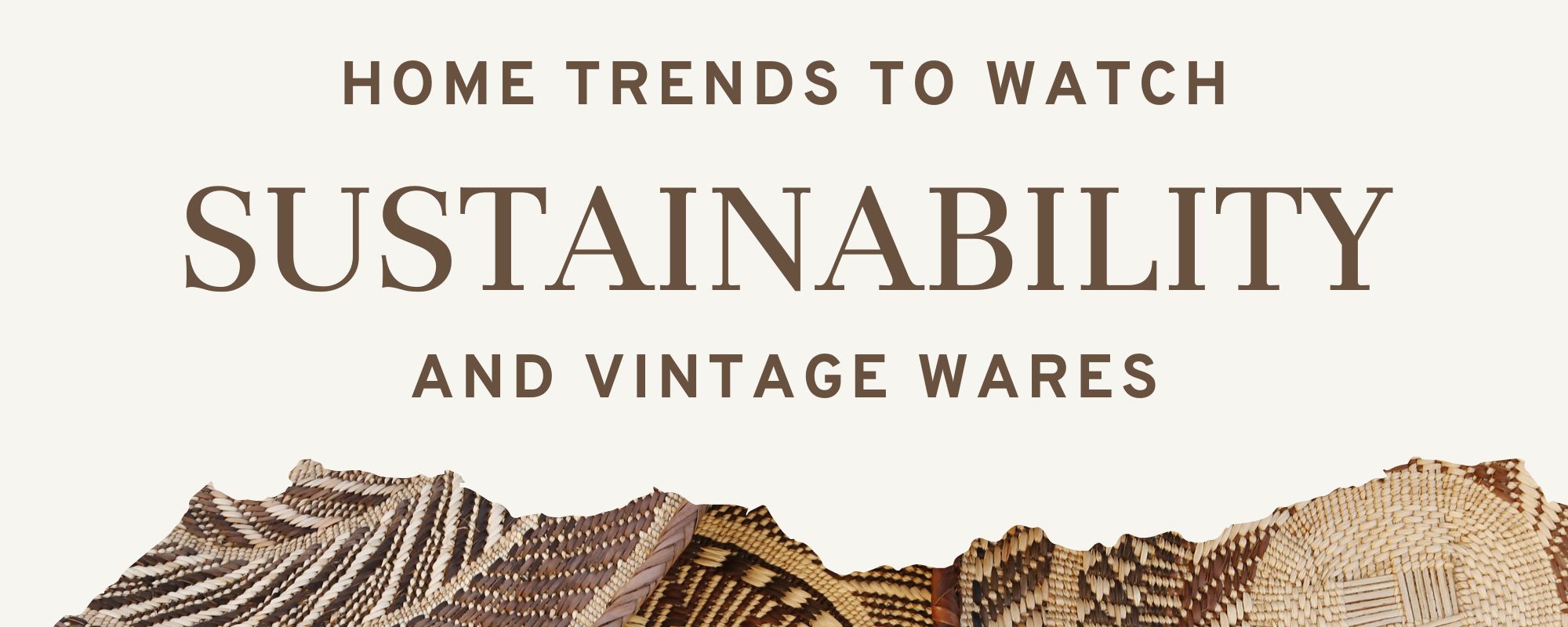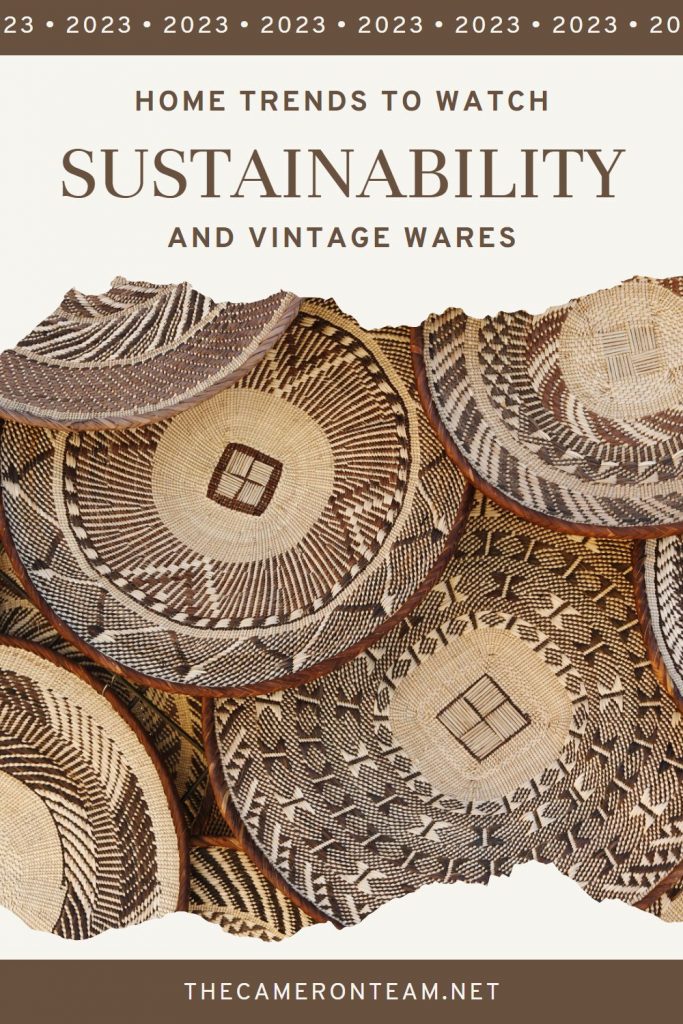Reducing our impact on the environment is at the forefront of many people’s minds. Scientific studies have shown that humans are depleting resources at an exponential rate and polluting land with materials that take hundreds of years to decompose, which is not only destroying habitats for animals, but also is not something we can sustain as a species in the long run. For this reason, people are making an effort to shift their purchases to products made of sustainable materials, a trend we’ll see even more in 2023.
Please note: This blog post contains affiliate links and the author of the blog may earn a commission if you purchase through the link. This is at no additional cost to you. It’s like a virtual high-five for providing quality content.
Natural Materials
Sustainability focuses largely on materials that are renewable. This doesn’t necessarily mean an earthy look, but the trend of sustainability also coincides with people wanting to feel more connected to the natural world around them. For this reason, furniture and fixtures made with materials and finishes that display the resource’s natural beauty will trend over pieces made primarily from plastic, metal, and acrylic.
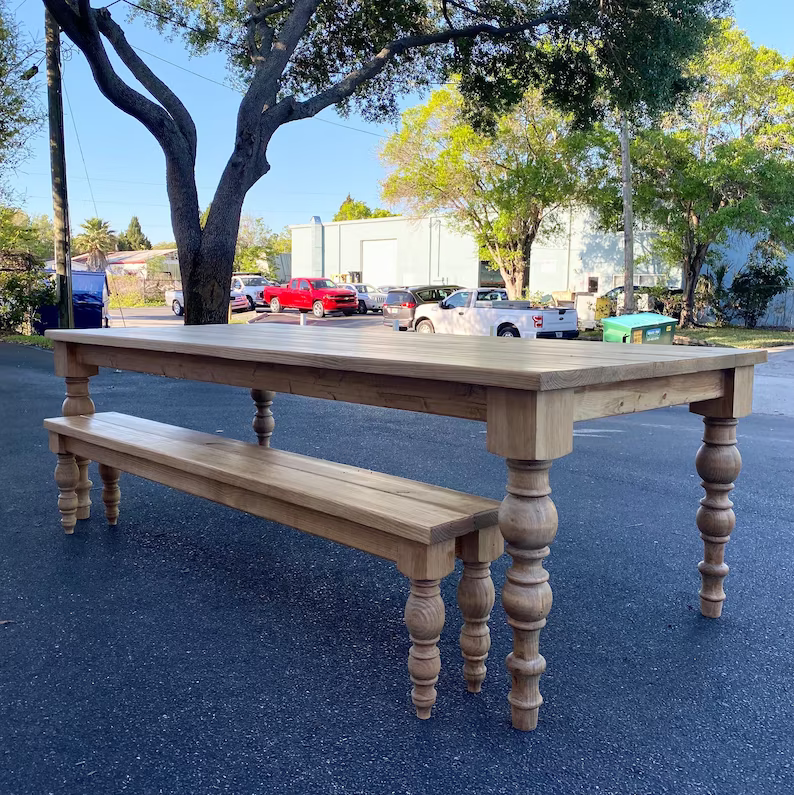
MagruderFarmhouse – French Farmhouse Pine Table
For furniture, some of the most sustainable wood is White Ash, Black Cherry, Mahogany, Maple, Pine, Bamboo, and Oak. The level of sustainability also depends on where you are located, because the fewer miles the wood must travel, the smaller carbon footprint and lower impact it will have on the environment. So, this is a good argument for buying handmade furniture locally.

AmshaStudio – Handwoven Sisal Baskets
Products like baskets and rugs woven from naturally occurring fibers will also be popular in 2023. Common materials include palm leaves, banana leaves/stalks, sisal, wicker, and grasses. But homeowners should be careful to purchase items that use natural dyes and are certified by Fairtrade, which aims to assure that products are ethically produced, and workers’ rights, pay, and safety are protected.
Eco-Focused Fabric
The demand for fabric made from natural fibers will also go up. Fabric made from abaca (a species of banana), coconut husks, cotton, flax/linen, hemp, ramie, sisal, jute, kapoc, and ramina/China Grass, as well as animal hair or wool are options. Like wood, the resources that are located closest to the consumer’s home are the most sustainable options.
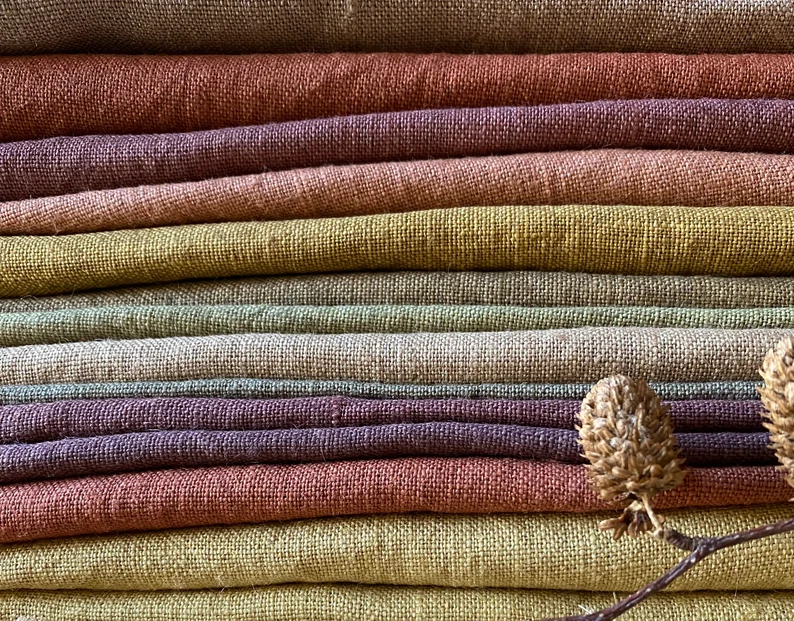
RambleAndRoots – Plant Dyed Cotton-Linen Fabric
While natural fibers are the most eco-focused option due to their faster rate of decomposition, fabric made from recycled materials are also an option. One of those materials is plastic, which takes hundreds of years to decompose, so it’s not a material people should aim to rely on, but it’s better than letting it sit in a landfill.
Cork Flooring
Cork flooring became a trend in the 1920s and 1930s and resurfaced again in the 1970s. It’s back now due to its sustainability and natural thermal properties that help reduce heat loss and lower energy bills. It also helps dampens sound and vibrations in a room. It’s sustainable, because the wood can be harvested from the cork oak tree without killing the tree and regrows in about 9 years.
Traditional cork flooring is not as durable as hardwood. Care needs to be taken to clean spilled water right away and prevent animals and furniture from scratching the floor, but cleaning is comparable to luxury vinyl plank flooring (sweeping and an occasional light mopping), and it costs less than hardwood flooring. It also comes in a variety of colors (more so now than when it was originally introduced).
Modern options include water-resistant and impact resistant cork flooring. However, these aren’t as sustainable as the traditional version because they are made with layers of vinyl, in addition to the cork.
Vintage Wares
Vintage wares aren’t necessarily made from sustainable materials, but we feel it’s important to mention this home décor trend because it coincides with sustainability. People are finding a renewed appreciation for products from the past. The nostalgia they carry brings a certain level of comfort to the home so items that would normally be thrown away are gaining a new life, either through reuse or repurposing. This includes vintage textiles, which are great for reupholstering chairs or framing as art, and vintage ironing boards that can easily be converted into floating shelves and cute signs.
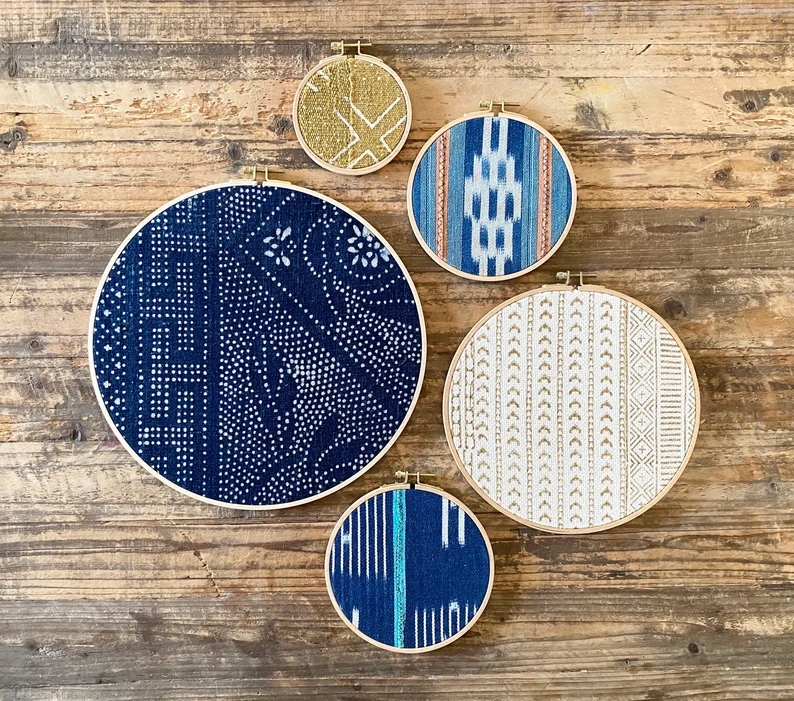
FigmentAndFiber – Vintage African Mudcloth
Read the second post in our 2023 Home Trends to Watch series, Multi-Purpose Function.

